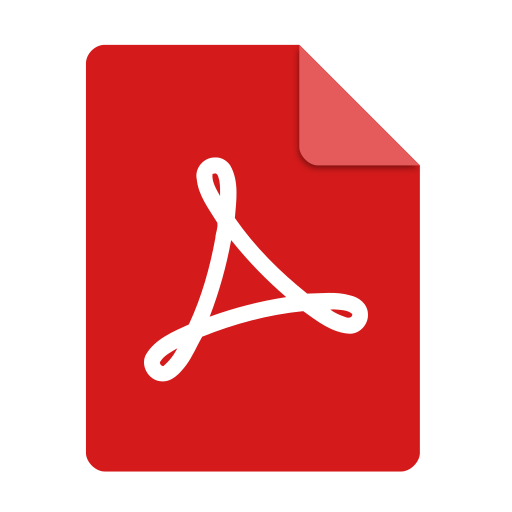Volume: 19, Issue: 1
ABSTRACT
The lifeblood of economic activity is finance. Several problems beset the Indian financial system, one of the most significant being the huge volume of non-performing assets on banks' balance sheets. For banks to function properly in the economy, they need to maintain low levels of non-performing assets (NPAs). The most adverse impact on a bank's financial health is non-performing assets (NPAs). Credit advances are crucial for funding productive goals. Credit Risk, on the other hand, is associated with bank retail products and derives from the borrower's failure to repay. The credit cycle is disrupted, and the fund is frozen. As a result, these loan losses have a significant impact on the bank's profits. While it is impossible to eliminate such losses, banks can always strive to minimize them through various recovery mechanisms. This document analyses the recovery mechanism of NPA with four important wings. In other words, it covers several years from 2012 to 2222, 2021, through Lok Adalat, DRTS, SARFASEI, instance code, bankruptcy, and NPA effects. This study is based on the secondary data collected from the preservation of RBI data. The survey revealed that the recovery mechanism of the overall banking sector is very weak. Among the four sectors, the recovery of IBC has been better than the other three.
GNPA, NPA, Lok Adalat, DRT, SARFASEI, IBC, Recovery Channels




